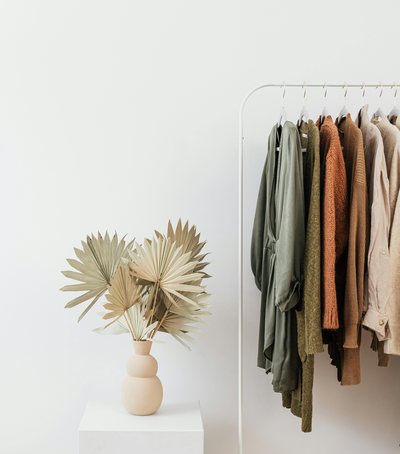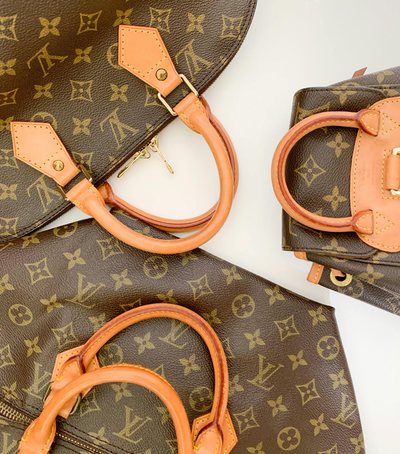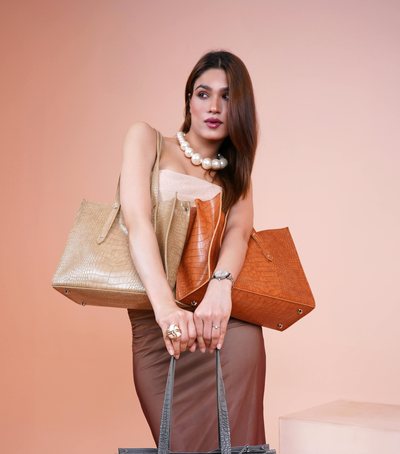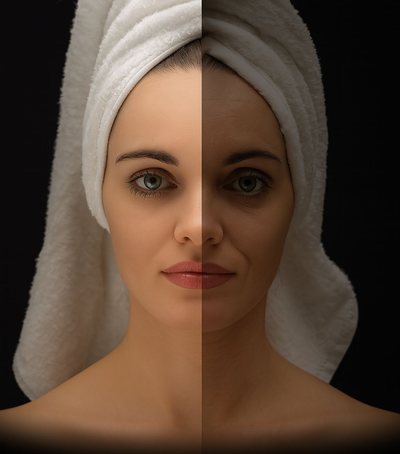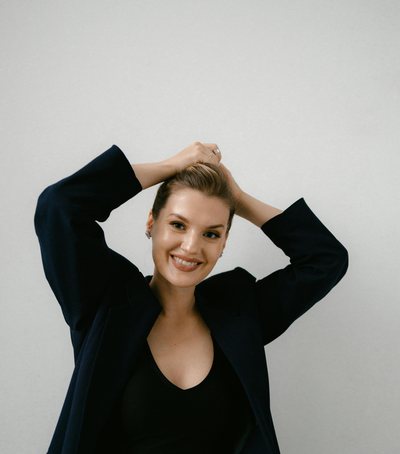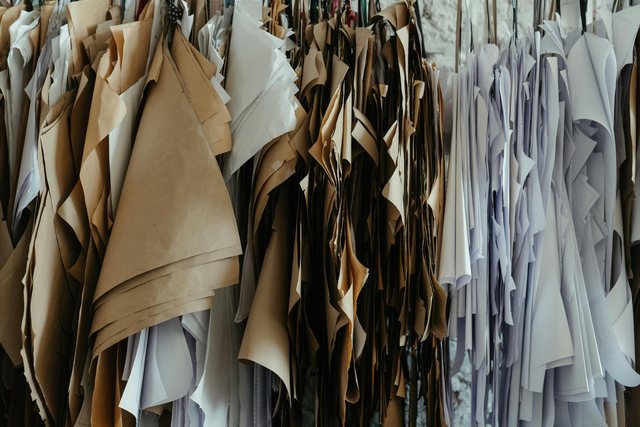
Reusing fabrics and sewing existing clothes is being seen as a production philosophy, not a temporary fad.
A paradigm shift is taking place in the fashion industry: from rapid production cycles to a model that respects the material, history and lifespan of the garment. The reuse of fabrics—whether through sewing existing garments, transforming unsold stock or “upcycling” atelier waste—is increasingly being treated as a basic method of creation. This is no longer a “capsule collection” with a green marketing ethic; it is a working philosophy that is being structured in the supply chain, in the design of collections and in communication with the consumer.
From a trend triggered by the crisis to a production culture
Initially driven by economic needs and ecological awareness: excess stocks, pressure to reduce waste, new sustainability policies. But what started as a reaction is now becoming a genuine culture. Small artisan brands and large fashion houses are implementing processes where every piece of fabric gets a second, third use, even transformed into a unique detail, giving the garment character and history.
Aesthetics with a visible history
Repurposed clothes don’t hide behind new perfection; they boast visible seams, patchwork, mixed textures, and unexpected finds. This honest aesthetic—“wabi-sabi” in a modern reading—gives value to what was once considered “defective.” Today’s consumer, tired of the uniformity of fast fashion, values authenticity: a jacket made from three different fabrics is a testament to creativity, not compromise.
Technology and crafts, new allies
Pattern-making software that optimizes cutting, 3D printers for buttons and accessories from plant waste, digital platforms for material traceability—all are intertwining with the hand of craftsmen who know how to “rescue” a forgotten piece of silk. This coexistence brings efficiency and care: technology minimizes waste; craftsmanship gives soul to the final piece.
Circular economy as a business model
Repairs, customizations, “take-back programs” (where the consumer brings in old clothes to be transformed) are now service lines, not rare PR stunts. Concept stores offer repair corners, sewing courses, workshops on textile recycling. Instead of selling just products, brands sell process and experience—a long-term relationship with the garment and its owner.
Changing consumer mentality
The “buy, wear, throw away” approach is being challenged by “buy, care, transform.” Consumers are asking: Where does this fabric come from? How long will this garment last? Can I fix it? This positive pressure is forcing brands to be transparent and plan collections that anticipate after-sales life—with repair instructions, replacement parts, and materials that don’t degrade after the first wash.
Challenge and sincerity
Of course, reuse is not a magic bullet: it requires time, meticulous logistics, well-documented inventory, and adaptable design. There is a risk of “greenwashing”—when brands label themselves “sustainable” for only a small collection. But the difference becomes clear in coherence: is this practice integrated at every step? Does the brand report on the amount of waste reduced, its carbon footprint, partnerships with local recyclers?
How can we get involved?
As consumers: we buy less, better quality; we seek repair before replacement; we choose brands that show the “passport” of the garment. As creators: we start from the material we have, not from the abstract idea; we plan modular designs that allow for repairs; we build networks with workshops and recyclers. As media and educators: we tell success stories, demystify the process, make repair “cool”.
Ultimately, fashion with recycled materials is not a nostalgic gesture to the past, but a vision for the future: an industry that sees clothing as a long-term relationship, not as immediate consumption; a creativity that springs from limitation, not excess. When reuse becomes the norm, fashion gains authenticity, the environment breathes, and we wear not just clothes, but stories worth telling.
Photo Credits (cottonbro studio):
https://www.pexels.com/photo/white-and-brown-paper-bags-4614197/

